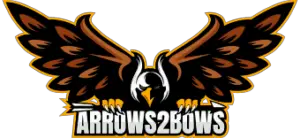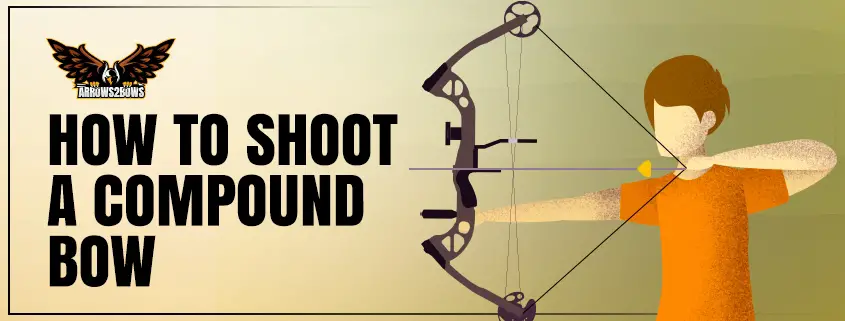How to Shoot a Compound Bow and Arrow
From the first internet search to your first hunt or competition, learning to shoot a bow and arrow can be one of the most rewarding experiences there is. With so many ways to try and learn about how to get into the sport of archery, finding a definitive way to find the information you need to start shooting can be difficult. By discussing the general technique that you will use to shoot a bow and arrow effectively in this article, you will be well equipped for your time actually holding a bow and arrow in hand. As well as having a fundamental understanding of how to properly use a bow and arrow, you will also be given some advice as to what equipment may benefit you in your journey, as well as find answers to some commonly asked questions about shooting a compound bow and arrow.
Importance of Aiming and Technique
Before getting invested both financially and with your time, you have to first realize what kind of sport archery is. Unlike other fast-paced sports where you are running and jumping around for hours, archery is defined by testing one’s ability to keep a steady body and take aim with precision. If you miss a shot in basketball, it could mean losing a couple points on the scoreboard, but If you slip up in the middle of hunting, you could miss your target completely or risk hitting an animal in an inhumane spot, causing them to suffer.
Even if you are just heading to a practice range to get some practice in, you will be tested mentally and physically by how well you are able to connect with the bow and feel where the arrow wants to go. Now that you understand the kind of concentration archery demands of you, let’s look at how to get into the incredible sport.
Tips Before You Shoot
Before even taking your first shot, there are a few key points to consider about you, your bow, your arrows, and even the target. With most of archery’s skill being required before the arrow is even released, putting yourself in the best position possible to ensure accurate shots will be incredibly beneficial.
When it comes to your bow, making sure you have one that fits to your body size and ability will ensure that you are not only able to hold the bow up, but that you are able to pull back on the weight of the string without too much difficulty. For example, the bow that a professional archer shoots with accurately will be completely different from the bow a young archer will be able to get the most out of.
As far as arrows go, the weight and style of the arrow you choose to shoot with can have a fundamental difference on how it will fly. Heavier arrows with bigger heads will travel slower, but often have increased resistance to changes in wind. Lighter arrows can fly faster initially but can have issues sustaining high speeds and can be vulnerable in harsher wind conditions. Understanding how the equipment you use before taking a shot can influence your accuracy will allow you to better understand what equipment you think will best suit your shooting style.
Improve the Proper Stance and Grip
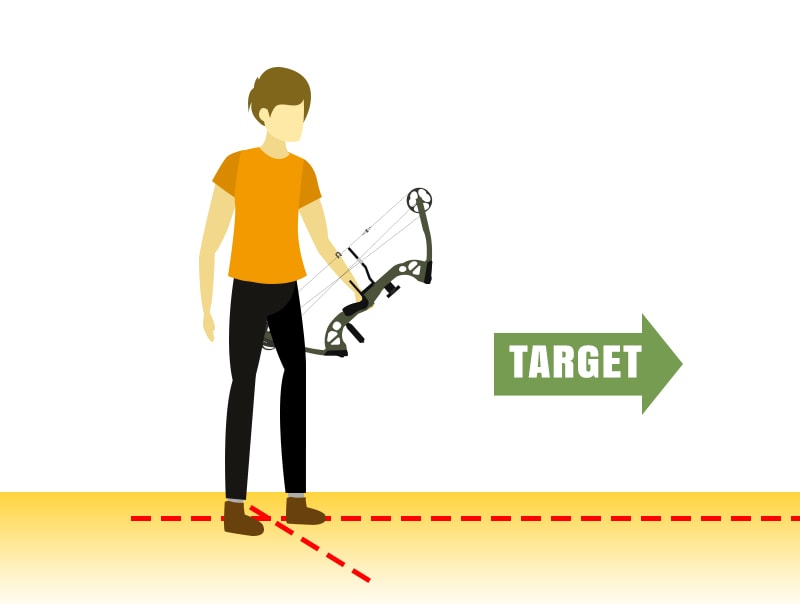
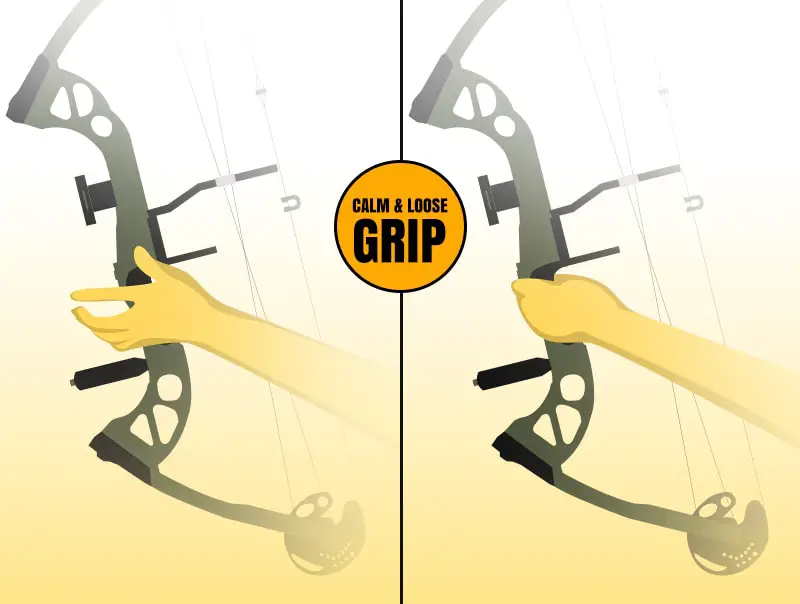
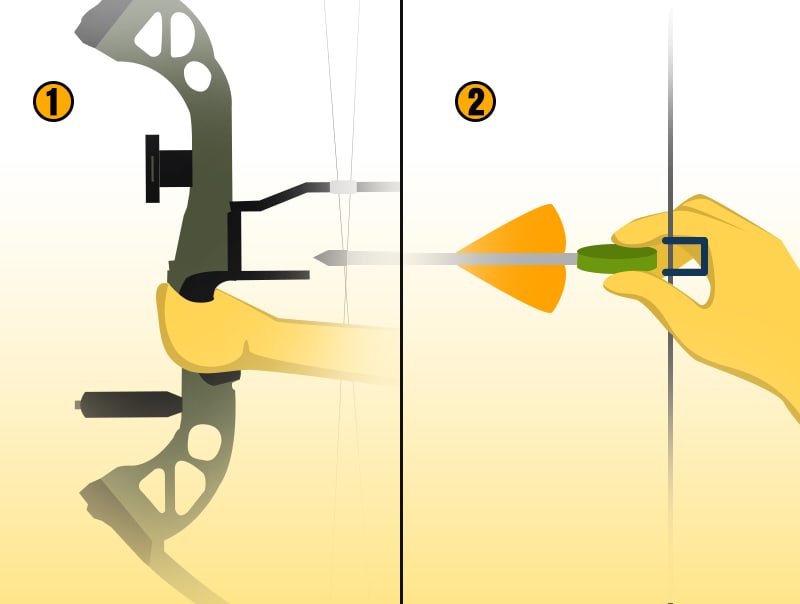
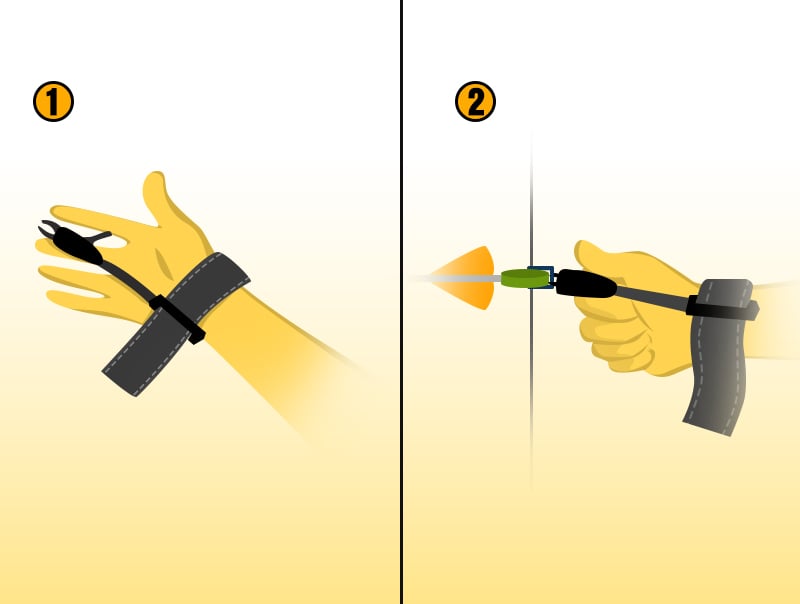
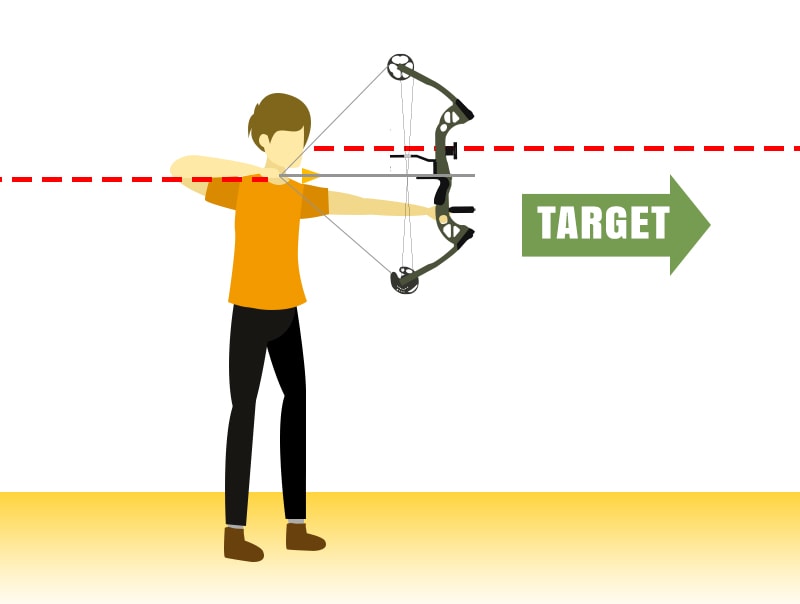
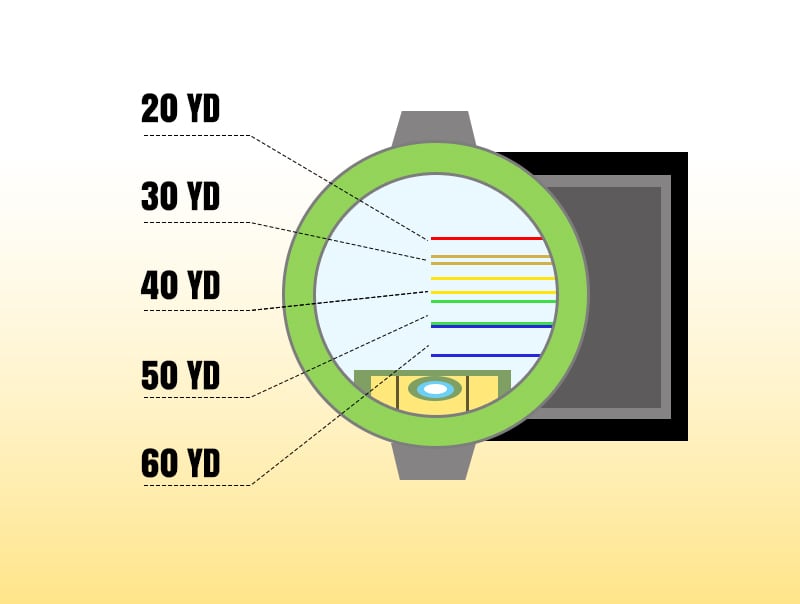
Steps to shooting
Picking the Right Bow/Weight
Finding a bow you are comfortable from the beginning is important. As most compound bows have varying degrees of weight required to pull back the string, you can often ask a professional about what a certain bow might require to be effective. In many cases, a bow’s drawback weight can be adjusted up or down so that different people can use it for different purposes. As well as the draw weight, the actual weight of the bow can vary vastly from bow to bow, so finding a bow that you can actually hold up without feeling burdened will ensure that you are able to shoot accurately, without fear of dropping the bow mid shot.
Knock Arrow, Don’t Dry Fire
One of the biggest mistakes new shooters make is dry firing their bow and causing serious damage to the mechanisms that fire the arrow. Dryfiring is when you pull back and release the string of a bow without having an arrow in it, and it should never be done.
When you are ready to take the first shot with your bow, the first thing you will want to do is take your arrow and knock it onto the primary firing string. Most compound bows have several strings, but the one you want to attach the arrow to is usually clearly marked with a color or physical place to knock onto. The arrow should be firmly attached to the bow and knocked so that it will fly effectively and won’t fall when aiming.
Find the Contact Points
Once your arrow is firmly knocked onto the string, your arrow needs to find two other points of contact to ensure that it is fired properly. One of the points of contact will be located on your bow and is called the arrow rest. The arrow rest is the area where the tip of your arrow rests and is kept stable at the end of the bow. This allows the arrow to follow a straight path once you release the arrow and prevents the arrow from flying off randomly and missing the target. The second point of contact the arrow needs to meet is actually you. The point of contact with the shooter is where the arrow’s power comes from and is what allows it to be released with enough power to actually reach its target.
Pull back to a full draw
What is often considered to be the most draining part of firing a compound bow is the act of pulling back the bow into a full draw position. Even the most trained professionals can only effectively draw back their bow about six times before even they start to lose accuracy and get fatigued. For beginners, drawing back a compound bow can feel incredibly strenuous, but over time you build up more muscle and increase your strength.
Something unique to compound bows is that they are designed to have a difficult initial weight to move, but once the bow is fully pulled back and ready to be fired, the weight that is required to hold the sting back feels much lighter. For most shooters, using your dominant hand to pull back the spring to around your check will be roughly the area where the bow is fully cocked back and ready to be fired.
Adjust your Aim
Once your arrow has been set and your bow is fully cocked back into the firing position, you must adjust your aim before you fire. With most modern compound bows, there will be a small circle attached to the firing string called a peep sight. This peep sight is used so that you can line it up with the other sight near the hand gripping the bow for an accurate shot. The actual sight on most bows will have a set of three or four lines that stand for different distances and give a good indication as to where the arrow should go. Depending on the distance of your target and what distances your bow is calibrated to, each of these ticks could represent adjustments of ten to twenty yards. The more you use your bow, the more you will understand your aim and how to best use your bows’ sights.
Breathe and Release
With the weight of the string building up and the arrow ready to fly, all that is left to do is release the arrow. Surprisingly, this is actually the step that most beginners struggle with the most. Once you have the target in your sight and feel ready to aim, it is common for you to feel a slight drift in your aim and feel a little panicked. To prevent this tilting motion and steady your aim, the best advice is to just relax and breath. When you are ready to take your shot, just take a breath and release the arrow. If you allow yourself to tense up and lose focus on your shot, you might drift off target and miss. By just taking a breath, taking aim, and releasing the arrow, you can set yourself up for the most success possible by taking off the edge and just letting the arrow fly.
Learn and Adjust
No matter how well you follow the advice and tips on how to successfully shoot a compound bow, what you will learn from your own trial and error will be the most valuable advice. By fine tuning your own abilities and learning how to improve your skills, you will be able to adjust your own technique and learn the best way to shoot for you.
Firing Your Compound Bow
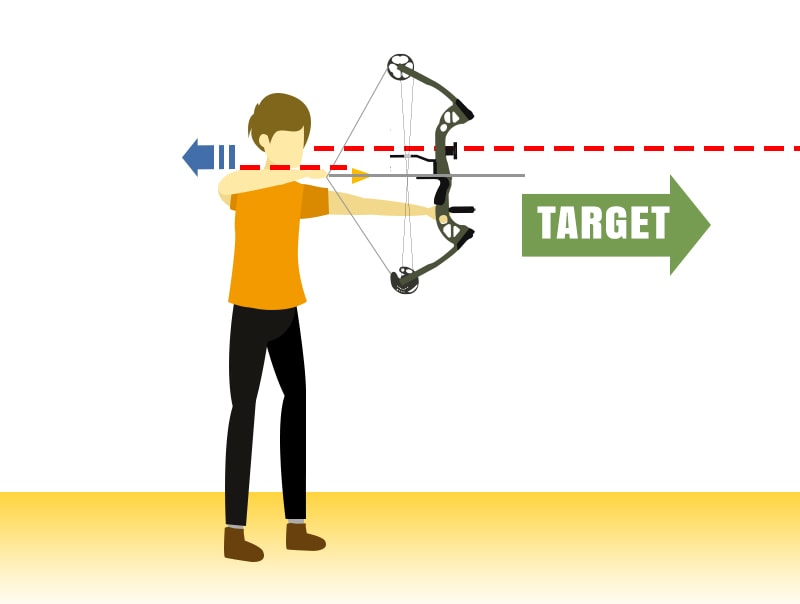
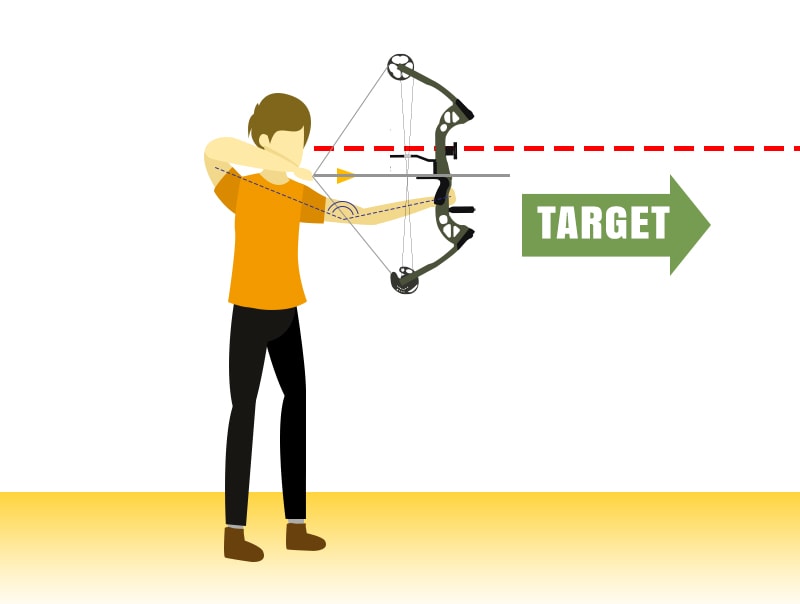
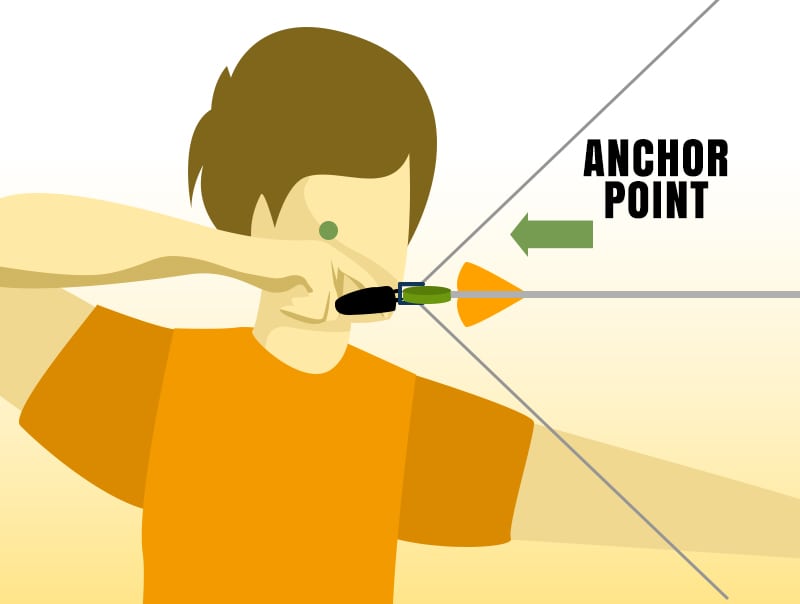
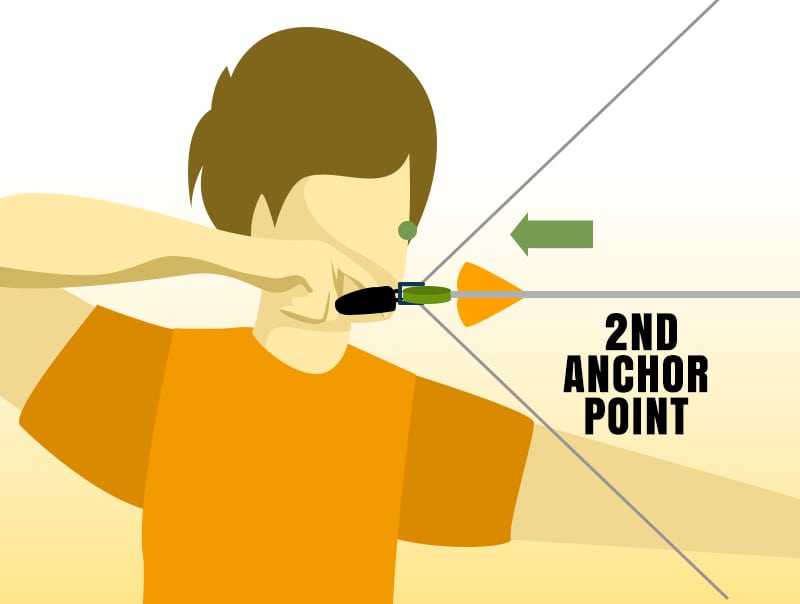
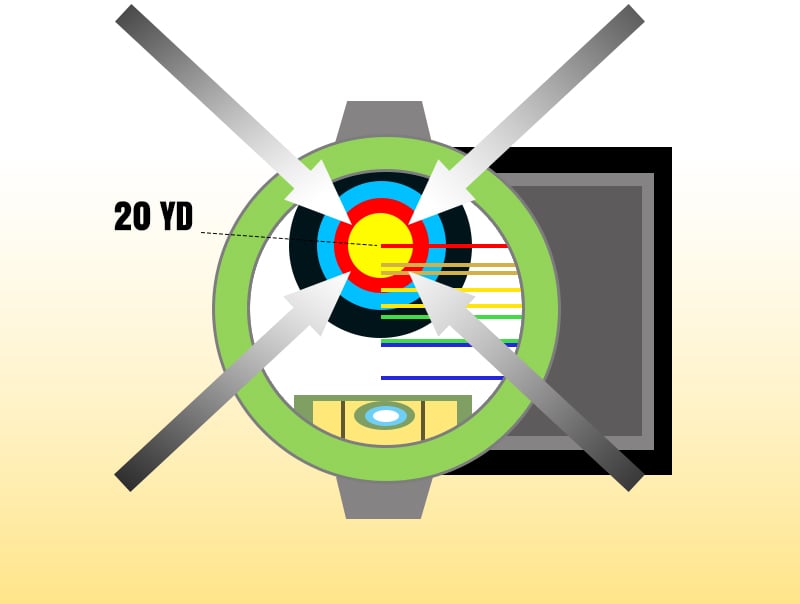
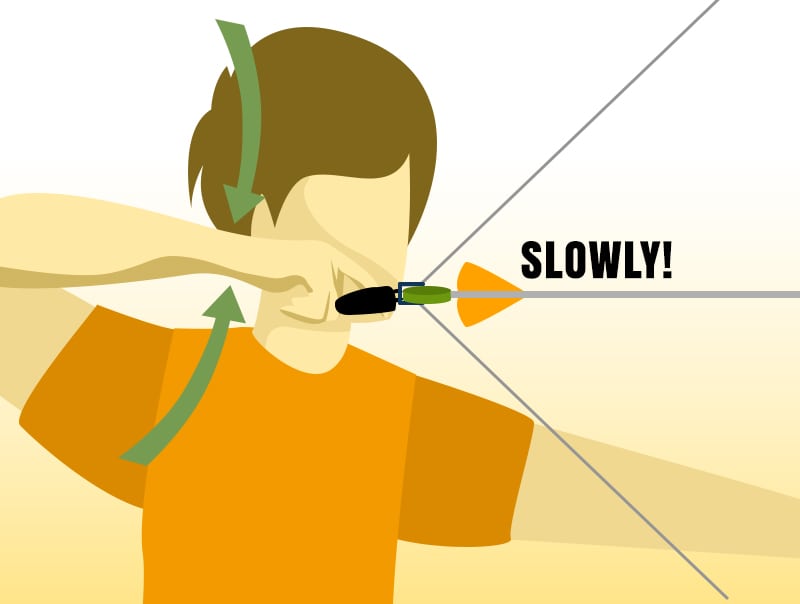
Ways to improve your shots
Equipment
If you are just getting into archery with a compound bow, you most likely do not have much equipment that can drastically change the way you shoot. For example, getting an arrow release allows you to simply pull a trigger to release an arrow instead of using your fingers. For many beginners and experts alike, a wrist strap can be used to aid your fingers in pulling back the string and will allow you to have an easier time drawing back the bow. Trying out new equipment to improve your overall shooting experience can have a drastic impact on your shooting ability and will allow you to improve your experience with only a few simple upgrades.
Lessons
Just like any other sport or activity, it takes time and practice to get better and improve your overall skill level and understanding. If you need additional help and feel like you need outside advice, getting some extra lessons with a trained expert can drastically improve your abilities and teach you new ways to think about your shooting. From changing up your posture to changing how far you are pulling back the string, having a skilled trainer show you the proper ways to get the most out of your bow will improve your confidence, as well as your overall ability to shoot. Even if you are unable to find an official archery school near you, even just asking a friend or experienced hunter for some advice could give you some information that could change the way you shoot.
Practice
Just like getting a few lessons to help you perfect your aim and abilities, one of the best ways to improve your abilities with a compound bow is to grab some arrows, set up a target, and practice, practice, practice. If you want to improve your skills at archery, it will take time and patience, but taking some extra time to take practice shots and improve your form will pay off in the long run. Experimenting with different shooting styles and even trying out different arrows and bows will allow you to expand your knowledge base further, so you can learn and grow as your skills increase.
Improving Your Compound Bow Skills
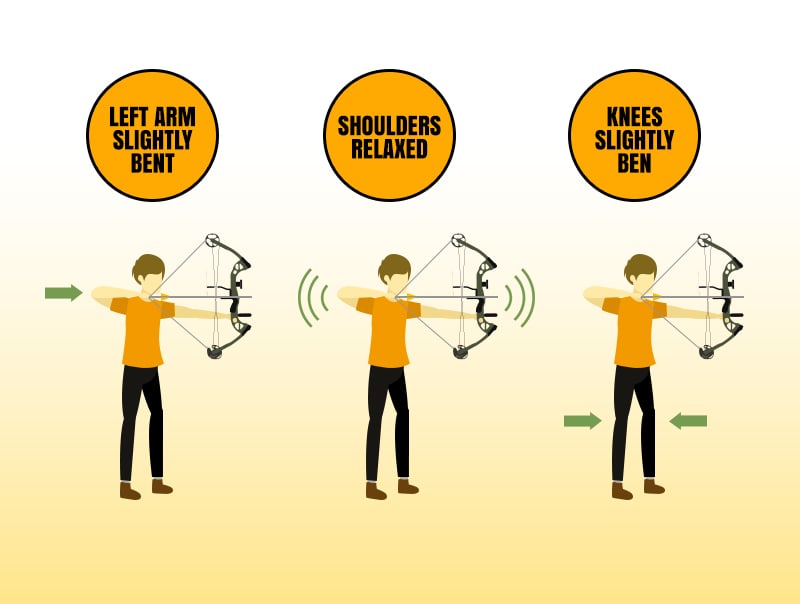
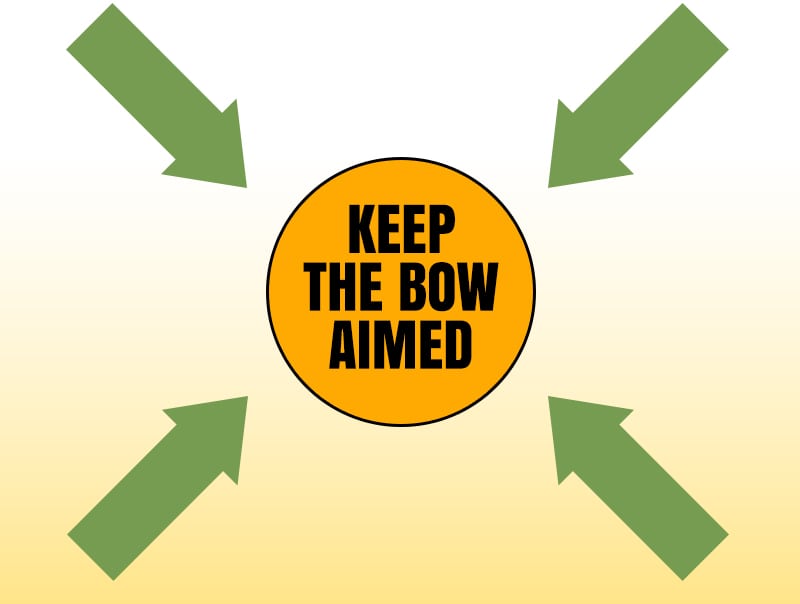
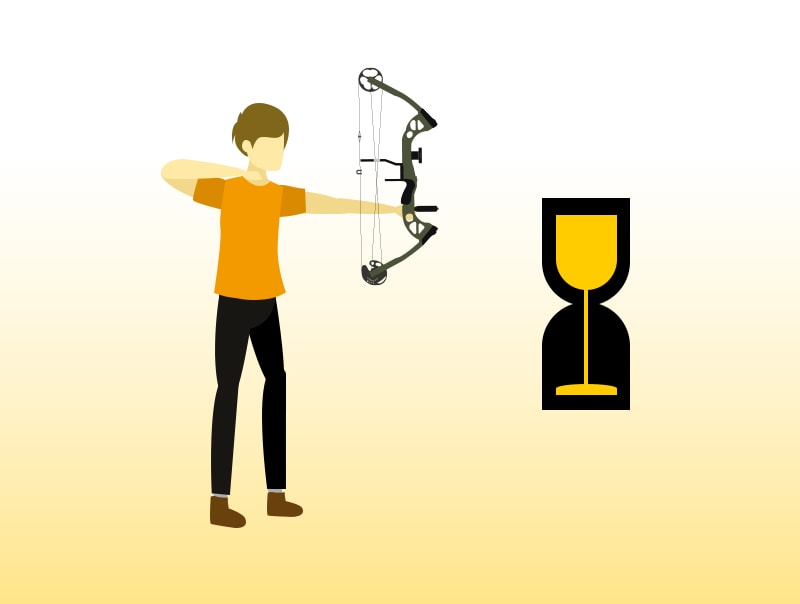
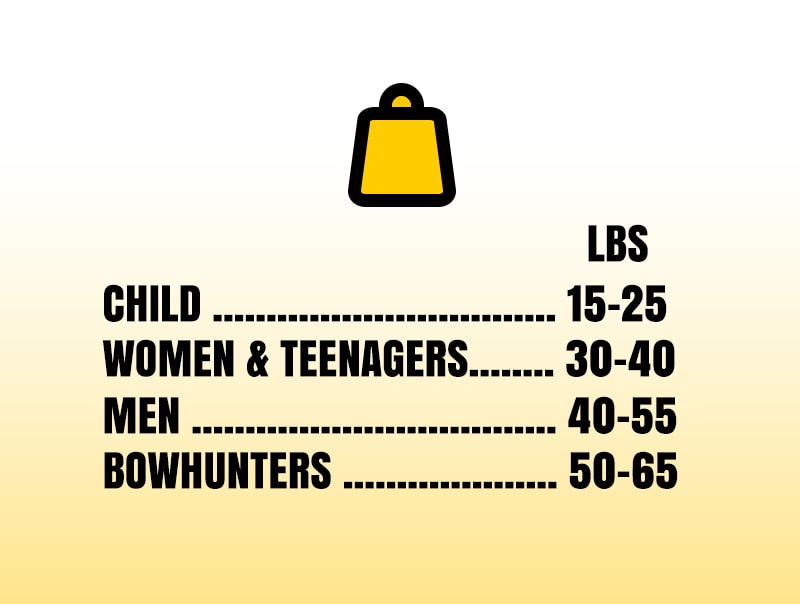
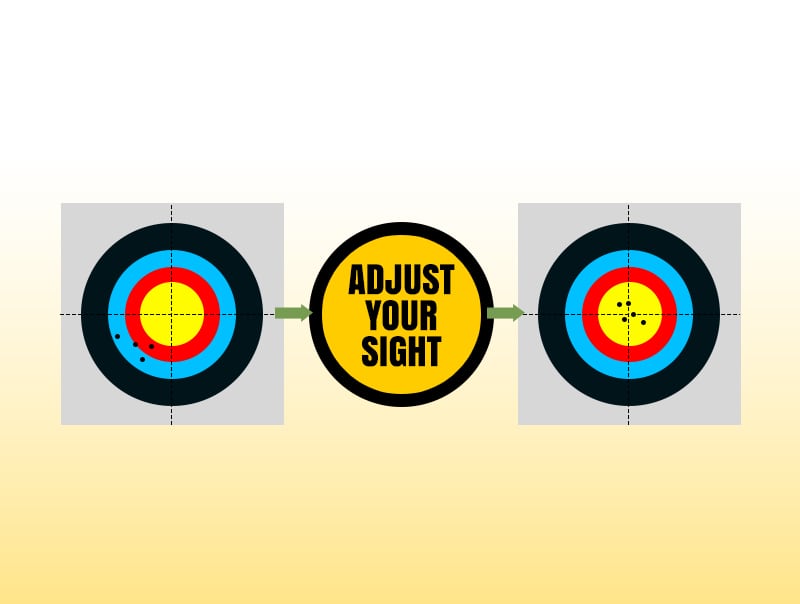
FAQ
What’s the difference between a right and left-handed bow?
Similar to a guitar or even a traditional firearm, there are many objects that are built differently for right-handed and left-handed users, in order to improve the experience for both demographics. If you are left-handed, you will have to find a bow that holds the arrow on the left side, and you will hold the bow with your right hand pulling back on the string with your dominant left hand. The overall process of using a left or a right-handed bow is the same, but making sure you get the right one is key because it will feel unnatural using the opposite sided bow.
How do you hold a bow when shooting?
When shooting a standard compound bow, it will have a specially designed grip that allows the bow to rest naturally in your hand. When you are holding a bow, you should only need one hand to hold it by your side. When you have an arrow locked into your bow, you will have one hand on the bow itself and then one on the end of the arrow to provide additional support. When you release the arrow, the weight will be entirely on the hand that was holding the body of the bow so be prepared for the weight distribution that follows after shooting.
Do you close an eye when shooting?
If you’ve ever seen a movie or picture of someone shooting a bow and arrow, you have probably seen them close one eye when shooting. For a beginner. Closing your non dominant eye can be incredibly beneficial as the focus is concentrated on your dominant eye and allows you to find more focus with your shot. Many experienced archers don’t usually shoot with one eye closed, but for a beginner it is expected and advised while you get comfortable shooting.
Do you keep the bow arm straight?
When going to fire you bow with an arrow in place, it is certainly important to make sure that the arm that is holding the bow has a locked elbow and is straight at full extension. By having your arm fully extended and straight, you add several benefits to your shot. One benefit Is that by locking your elbow at full extension, you are forcing your arm to remain straight and rigid so that when you go to take you shot, the arrow will release from a straight platform. One other benefit that often gets overlooked is that when you fully extend and straighten your bow arm, you increase the travel distance of the sting and therefore are able to generate extra energy to be fired.
What side of the bow does the arrow go on?
The side of the bow that the arrow goes on is primarily based on if the bow is designed for a left or a right-handed shooter. For a right-handed shooter, the arrow will be placed on the left side of the bow. For a left-handed shooter, the arrow will be placed on the right side of the bow. If you are unsure which side makes the most sense for you, you can go and try out different types of bows to see which style is most comfortable for you.
Can you wear glasses during archery?
Whether you wear glasses or not, you can still participate in archery as long as your glasses are safe to shoot with. At some ranges they may even require you to wear special safety glasses, if you do not already wear glasses. Wearing safety glasses should be something all archers consider as a rouge arrow or slipped string could cause serious damage to an unprotected eye.
Can you aim without sights?
While it is not recommended for archers of any skill level, it is possible to shoot a compound bow without sights. This is an uncommon practice though, as the goal of most compound bow shooters is to shoot with accuracy. If you choose to try and use a compound bow without a sight, you will have to keep a very stable body and have a generally high level of skill to pull it off successfully.
To aim a bow without a sight, you will have to imagine that there is a line running through your target that you should try to aim for, to increase your chance of hitting an accurate shot. However, most archers find that when they are shooting without a sight, they have to adjust much more extremely vertically as with a sight you have indications of your distance, whereas with no sight you just have to use instinct to gauge how high you have to aim to increase distance.
Do arrows always fly straight?
When trying to determine if your arrow will fly straight, there are several factors that can influence an arrow’s flight path and change its direction mid-flight. When hunting in the outdoors, the biggest fact that can change an arrows path is wind. No matter how accurate your shot was or the distance to the target, a gust of wind can instantly and randomly change the direction of your arrow. Another factor is the arrow you are using, as arrows of differing weights will have very different flight characteristics, even if shot from the same bow. With so many factors affecting how an arrow will fly, it is rare that you will always have straight flying arrows but practicing your aim and consistency can help improve your chances.
Can I practice without a bow?
According to most professionals, practicing without a bow is unproductive and generally does not add any benefits to your archery skills. However, if you want to look at improving you bow strength and ability to use your bow, there are many options for strength training and resistance band work you can do that stimulates the muscles you use during archery and can help you feel more comfortable holding a heavy bow and string.
Conclusion
Whether you have just recently purchased a bow and want to know how to use it or are just getting into archery, learning the fundamentals of how a compound bow and arrow works can set you up for success in the future. Now that you’ve learned the fundamentals of how to use a bow and arrow effectively, understand how to improve your skills, and gotten some answers to common questions that newcomers have in the industry, you can go from the store to the range in a matter of no time!
